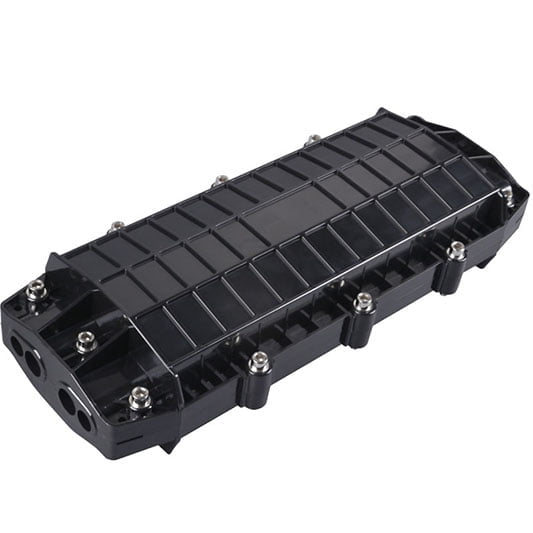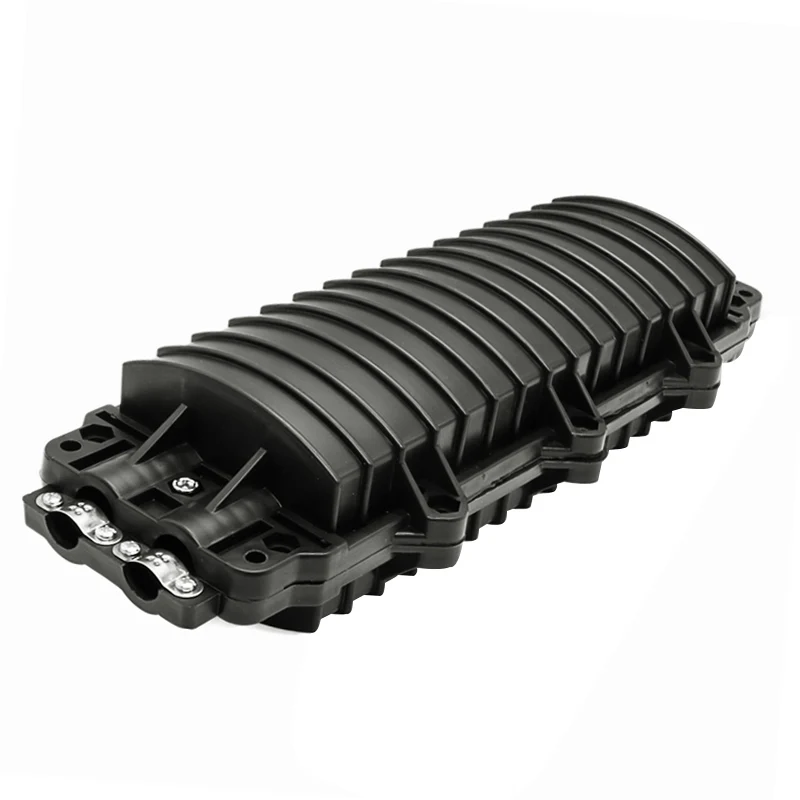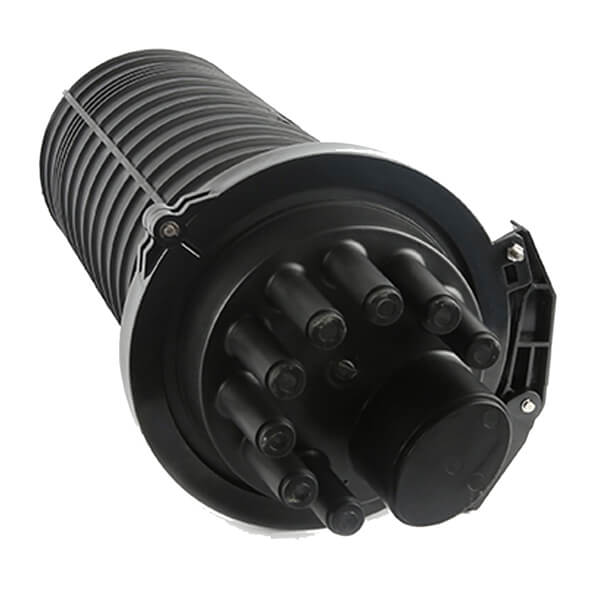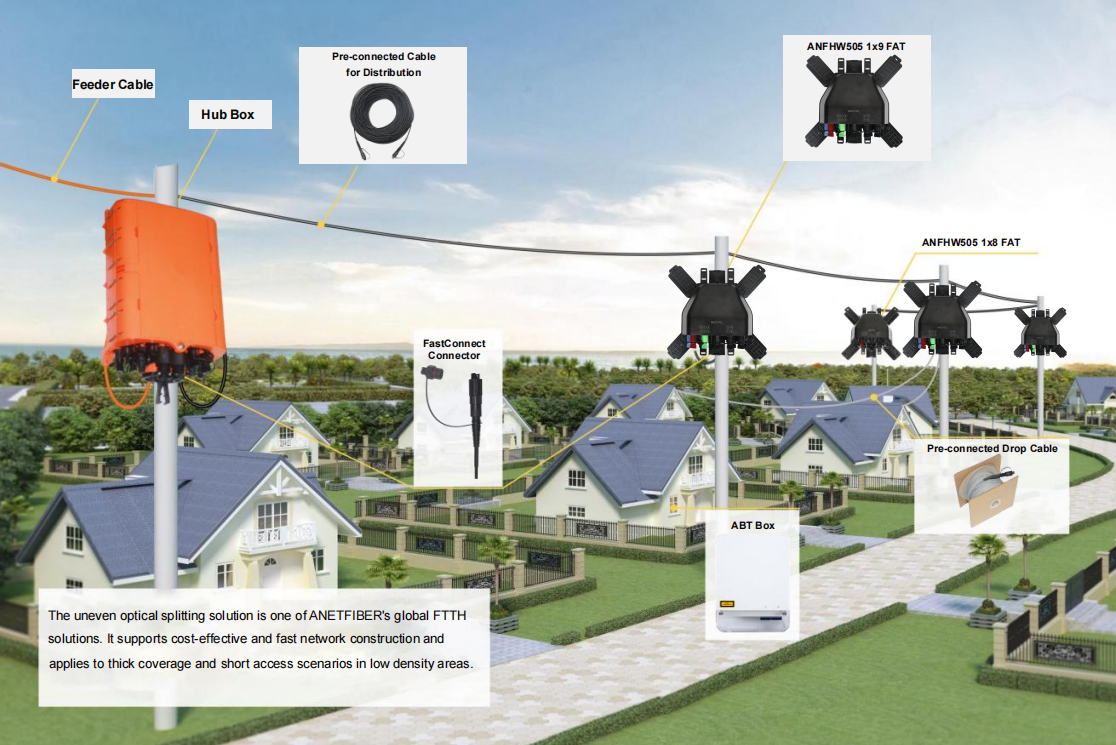FiberSplicing Made Easy with FiberClosure Benefits

Fiber splicing presents numerous challenges, particularly in maintaining the integrity of optical signals. The process demands precision and expertise to ensure good performance. Factors such as fiber quality, cleanliness, and splicing techniques significantly impact the outcome. Without effective solutions, networks face unnecessary issues, affecting 4G network transmission. Fiberclosure emerges as a crucial component, safeguarding splices from environmental threats. It acts as a terminal box or fiber box, ensuring reliable connections. Proper installation and maintenance of these closures are vital for network reliability, offering a seamless solution to the complexities of fibersplicing.
Understanding Fiber Optic Splice Closures
Definition and Purpose
What are Fiber Optic Splice Closures?
Fiber optic splice closures serve as protective enclosures for spliced fiber optic cables. These closures, typically made from rugged plastics, shield sensitive cable areas from environmental hazards. They safeguard the splices from moisture, dust, and mechanical damage, ensuring the network's reliability and longevity. Inside these closures, technicians splice or connect fiber optic cables using fusion splicing or mechanical connectors. This setup provides a secure environment for efficient management and maintenance of the fiber optic network.
Role in Protecting and Managing Fiber Splices
Fiber optic splice closures play a crucial role in protecting and managing fiber splices. They offer a protected area for spliced sections, keeping them safe from pressure, extreme temperatures, insects, and moisture. By doing so, they ensure low-loss and high-performance connections. These closures also withstand harsh external conditions, including UV radiation, which further enhances their protective capabilities. Proper installation, maintenance, and testing of these closures are essential for optimal performance and longevity.
Types of Fiber Optic Splice Closures
Dome Type Closures
Dome type closures are one of the most common types of fiber optic splice closures. They feature a cylindrical shape that provides excellent protection against environmental factors. These closures are designed to be waterproof and dustproof, making them suitable for various applications. Their robust construction ensures that they can withstand weather and wind, making them ideal for outdoor installations. Dome closures offer flexibility in deployment, allowing them to be used in aerial, buried, and underground applications.
Inline Type Closures
Inline type closures, on the other hand, are designed for linear installations. They provide a streamlined solution for managing fiber splices in a straight line. These closures are often used in situations where space is limited or where a more compact solution is required. Like dome closures, inline closures are made from high tensile construction plastic, ensuring durability and resistance to environmental conditions. They offer easy installation and maintenance, making them a popular choice for many network deployments.
Benefits of Using Fiber Closures
Protection from Environmental Conditions
Weather Resistance
Fiber closures provide robust protection against various weather conditions. They shield fiber optic cables from rain, snow, and extreme temperatures. This weather resistance ensures that the opticalsignal remains stable and uninterrupted. By preventing moisture and dust from entering, these closures maintain the integrity of the network. The telecommunications industry relies on this feature to ensure seamless data transmission, even in harsh environments.
Durability and Longevity
The durability of fiber closures contributes significantly to their longevity. Made from high-quality materials, they withstand physical stress and environmental wear. This durability reduces the need for frequent replacements, leading to cost-effectiveness and long-term savings. In the telecommunications sector, this translates to reduced maintenance costs and fewer disruptions in service.
Flexibility in Deployment
Easy Installation
Fiber closures offer ease of installation, making them a preferred choice for network deployments. Technicians can quickly set up these closures without requiring specialized tools or extensive training. This simplicity accelerates project timelines and minimizes potential setbacks. The straightforward installation process ensures that networks can expand efficiently, meeting growing demands.
Adaptability to Different Environments
The adaptability of fiber closures allows them to be used in various settings. Whether in urban areas or rural landscapes, these closures fit seamlessly into different environments. Their design accommodates aerial, buried, and underground applications, providing flexibility in deployment. This adaptability ensures that networks can reach remote locations, supporting both urban and rural network expansions.

Enhanced Network Functionality
Improved Signal Integrity
Fiber closures play a crucial role in maintaining signal integrity. By protecting spliced fibers from external interference, they ensure that the opticalsignal remains clear and strong. This protection enhances the efficiency and reliability of telecommunications networks. As a result, users experience fewer disruptions and better connectivity.
Reduced Maintenance Costs
The use of fiber closures leads to significant reductions in maintenance costs. Their protective features minimize the risk of damage to fiber optic cables, reducing the need for repairs. This cost-effectiveness benefits network operators by lowering operational expenses. In the long run, the savings contribute to more sustainable and efficient network management.
Real-World Applications of Fiber Closures
Telecommunications Industry
Fiber closures play a pivotal role in the telecommunications industry. They ensure the protection and organization of fiber optic cables, which are essential for maintaining fast and reliable connections. This is particularly important in the deployment of 4gnetwork infrastructure, where seamless data transmission is crucial.
Urban Network Deployments
In urban areas, the demand for high-speed internet and reliable communication services continues to grow. Fiber closures facilitate the expansion of urban networks by providing a secure environment for fiber splices. They protect cables from environmental hazards such as moisture, dust, and mechanical damage. This protection ensures that urban networks can deliver consistent and uninterrupted service to users. The durability and easy installation of fiber closures make them ideal for the rapid deployment needed in bustling city environments.
Rural Network Expansions
Rural areas often face challenges in accessing high-speed internet due to geographical and infrastructural limitations. Fiber closures offer a solution by enabling the expansion of networks into these regions. Their adaptability allows them to be used in various settings, including aerial, buried, and underground applications. This flexibility ensures that rural communities can benefit from improved connectivity, supporting economic growth and access to digital resources. By safeguarding fiber optic cables, closures help maintain the integrity of rural networks, reducing maintenance costs and ensuring long-term reliability.
Data Centers
Data centers rely heavily on fiber optic technology to manage vast amounts of data efficiently. Fiber closures contribute to the effective management and protection of these critical infrastructures.
High-Density Fiber Management
In data centers, managing a high density of fiber optic cables is essential for optimal performance. Fiber closures provide a structured and organized way to handle these cables, ensuring that they remain protected from environmental threats. This organization helps prevent signal loss and maintains the integrity of data transmission. By using fiber closures, data centers can achieve efficient cable management, which is vital for maintaining high-speed and reliable connections.
Efficient Space Utilization
Space is a valuable resource in data centers, and efficient utilization is crucial for maximizing capacity. Fiber closures contribute to this by offering compact and streamlined solutions for housing fiber splices. Their design allows for easy access and maintenance, reducing the need for extensive space. This efficiency supports the growth of data centers, enabling them to accommodate increasing data demands without compromising on performance or reliability.
Choosing the Right Fiber Closure
Selecting the appropriate fiber closure is crucial for ensuring optimal network performance and longevity. Several factors influence this decision, and understanding these can help in making an informed choice.
Factors to Consider
Network Requirements
Network requirements play a pivotal role in choosing the right fiber closure. The type of network, whether it is for urban or rural deployment, dictates the kind of closure needed. For instance, high-density networks in urban areas may require closures that support a large number of splices. In contrast, rural networks might prioritize closures that offer robust protection against environmental challenges. Evaluating the specific needs of the network ensures that the chosen closure will support efficient data transmission and maintain signal integrity.
Environmental Conditions
Environmental conditions significantly impact the selection of fiber closures. Factors such as temperature fluctuations, moisture levels, and potential exposure to UV radiation must be considered. Dome type closures, known for their secure and robust design, are ideal for both aerial and underground applications. They provide excellent protection against harsh weather conditions, ensuring the longevity and reliability of the network. Understanding the environmental challenges of the deployment area helps in selecting a closure that offers the necessary protection.

Comparing Different Brands and Models
Cost vs. Features
When comparing different brands and models of fiber closures, cost and features are critical considerations. Some closures offer advanced features such as enhanced sealing mechanisms or additional splice capacity, which may come at a higher price. It is essential to balance the cost with the features offered to ensure that the closure meets the network's needs without exceeding budget constraints. A thorough comparison of available options can help identify the best value for money.
Customer Reviews and Feedback
Customer reviews and feedback provide valuable insights into the performance and reliability of different fiber closure models. Reviews often highlight real-world experiences, shedding light on potential issues or advantages not immediately apparent from product specifications. By considering feedback from other users, decision-makers can gain a better understanding of how a particular closure performs in various conditions. This information can guide the selection process, ensuring that the chosen closure aligns with both technical requirements and user expectations.
Future Trends in Fiber Closure Technology
Innovations in Design
Smart Closures
Fiber closure technology is evolving with the integration of smart features. These smart closures allow remote monitoring and control, enhancing network reliability. They enable technicians to detect issues quickly and resolve them efficiently. This innovation reduces downtime and maintenance costs. Smart closures also provide better protection for fiber optic cables, ensuring consistent performance. As networks expand, the demand for intelligent solutions like smart closures will continue to grow.
Eco-Friendly Materials
The shift towards sustainability influences the design of fiber closures. Manufacturers are exploring eco-friendly materials to reduce environmental impact. These materials offer durability while minimizing carbon footprints. By using recyclable and biodegradable components, companies contribute to environmental conservation. This trend aligns with global efforts to promote green technology. Eco-friendly fiber closures not only protect networks but also support sustainable practices.
Impact on Network Infrastructure
Scalability
Fiber closures play a crucial role in network scalability. As connectivity needs increase, closures must accommodate more splices and connections. Innovations in design lead to smaller, more compact closures. These advancements allow for efficient use of space, supporting network growth. Scalable closures ensure that networks can expand without compromising performance. This adaptability is vital for meeting the demands of modern communication systems.
Integration with Emerging Technologies
Emerging technologies like the Internet of Things (IoT) and smart city initiatives rely on robust network infrastructure. Fiber closures facilitate the integration of these technologies by providing secure and reliable connections. They support high-speed internet infrastructure, essential for data centers and LANs. The development of advanced splicing techniques and equipment enhances this integration. As technology evolves, fiber closures will continue to adapt, playing a pivotal role in future network deployments.
Fiber closures offer significant advantages for fiber optic networks. They provide robust protection against environmental factors, ensuring the longevity and reliability of connections. Their durability and easy installation make them a cost-effective choice. As an essential component, the fiberbox safeguards splices, reducing maintenance needs and downtime. Industry professionals highlight their environmental resistance and cost-effectiveness, emphasizing their role in modern infrastructure. When considering network needs, fiber closures stand out as a reliable solution that enhances efficiency and reduces total ownership costs.
See Also
Top 3 FTTH Fibertech Tips for 4G Networks
MPO Connectors: Driving Innovation in Data Center Design
Enhancing Fiber Deployments with Invisible Cable Technology
About US
Follow Us
AnetFiber company's main products are indoor and outdoor optical fiber cables, outdoor waterproof pre-connected fiber-to-the-home products, PLC optical fiber splitters, optical fiber jumpers and pigtails, MTP®/MPO high-density big data product solutions, optical fiber field quick connectors and research and development molding, injection molding and production of optical fiber distribution boxes, optical fiber chassis cabinets, the market has expanded to the world, Europe, America, Asia, the Middle East and Latin America.
Address
Shenzhen City, Baoan District, Yanluo Street, Tangxiayong Community, Yangyong Industrial Road, Tonggangda New Energy Vehicle Park 406
Contacts
+86 199 2655 3586

